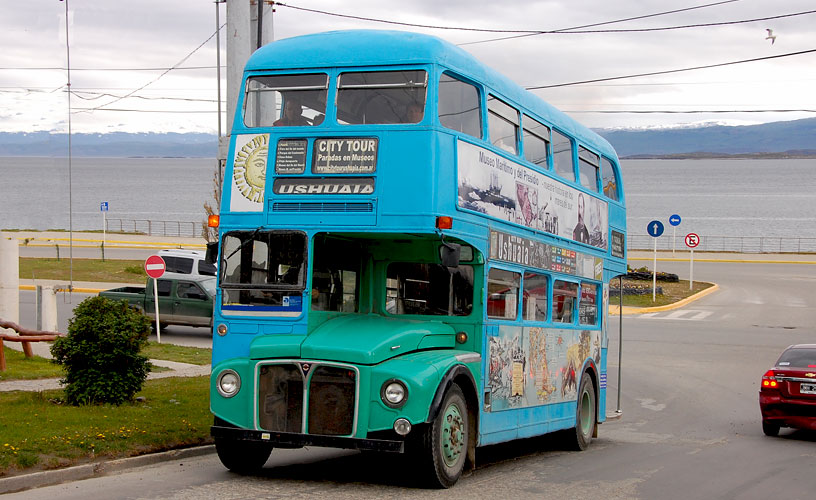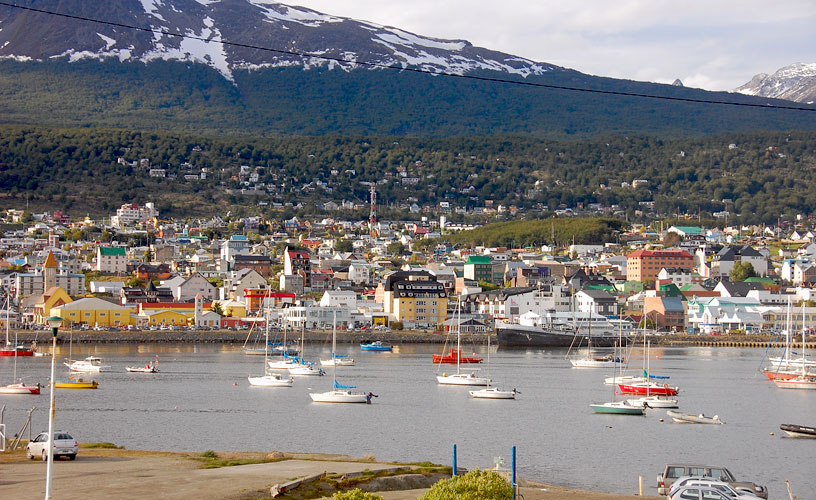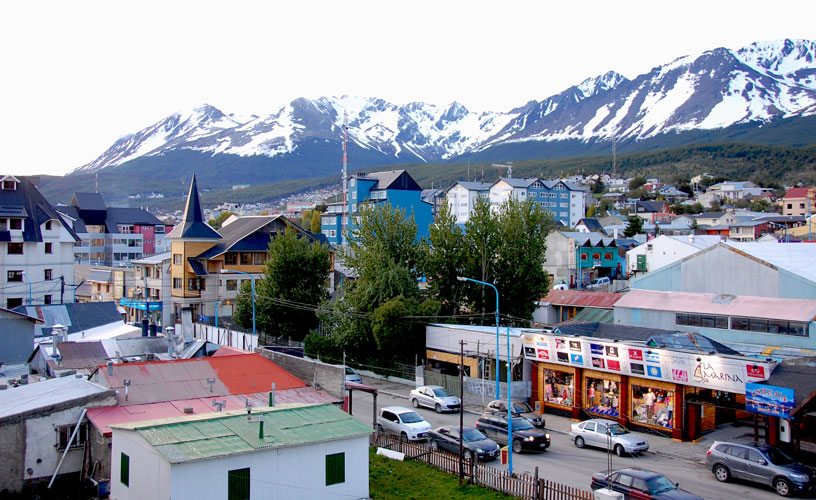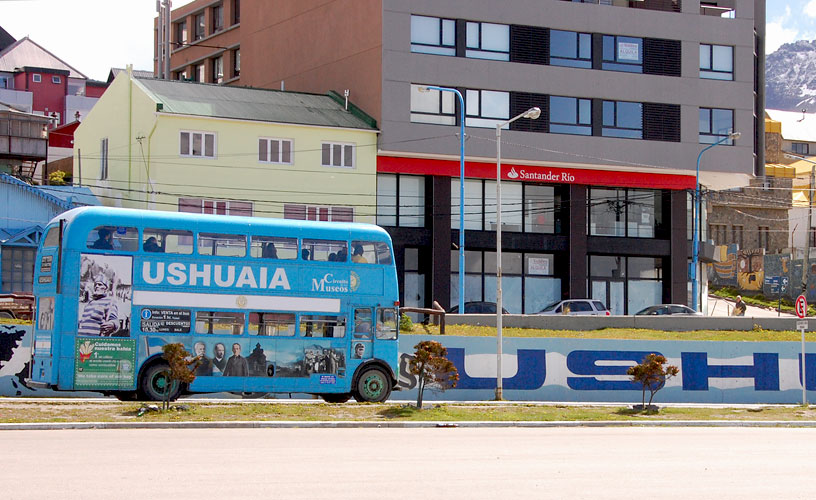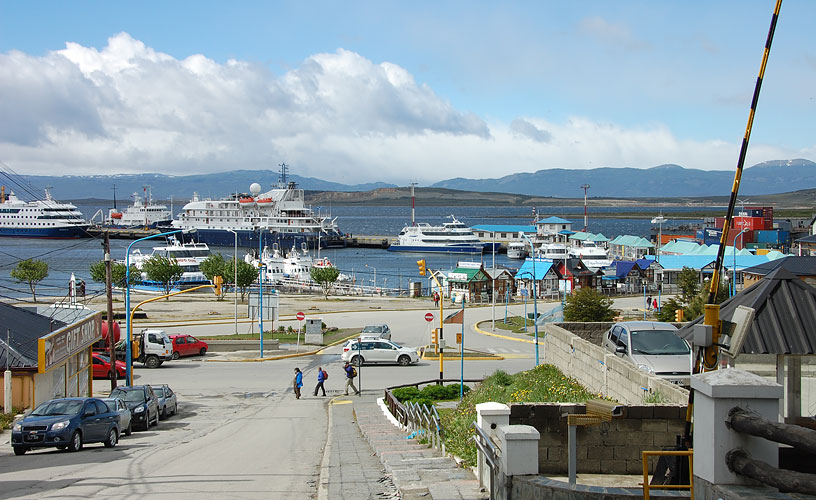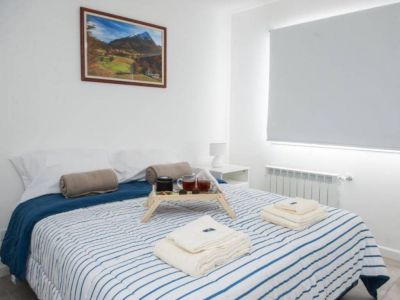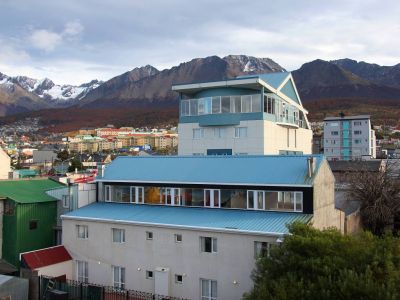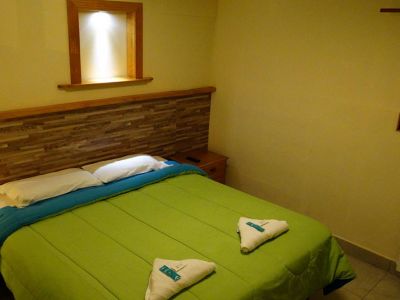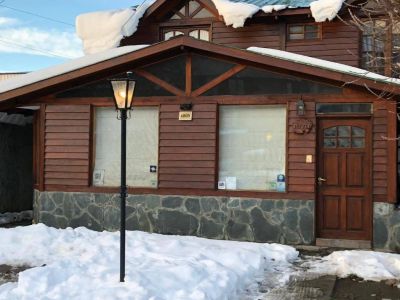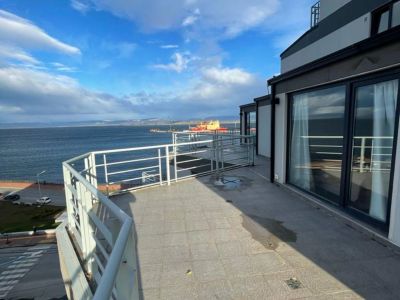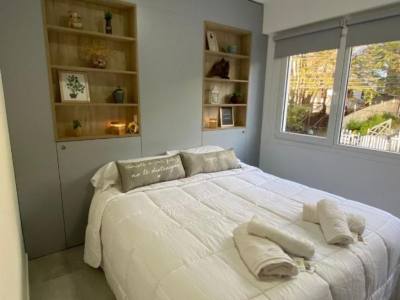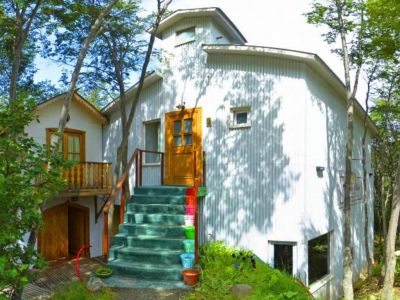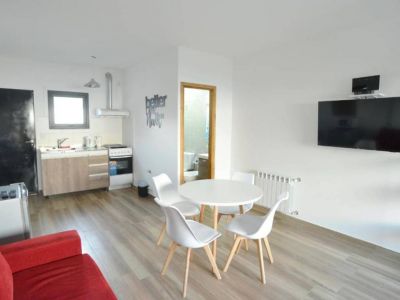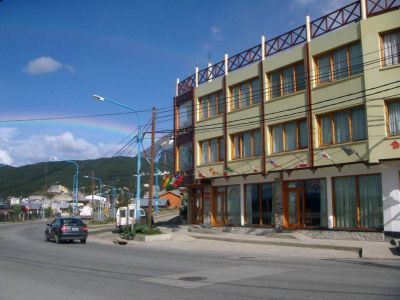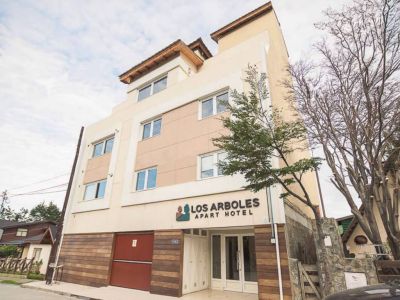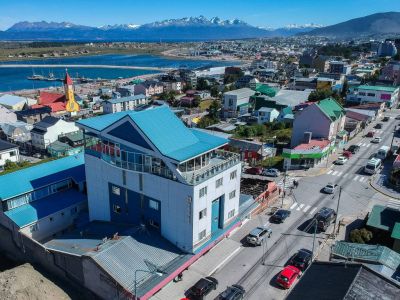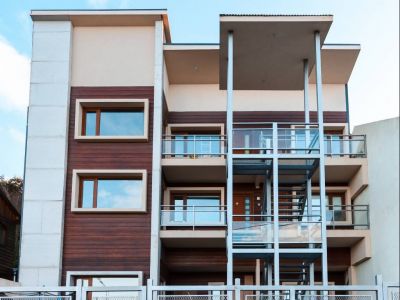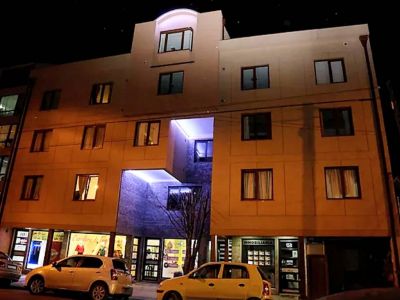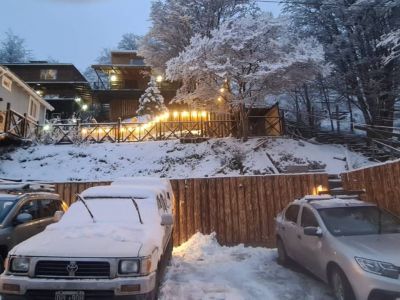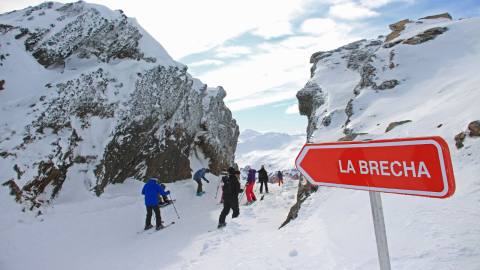As the weather in the only trans-Andean city in Argentina is extremely changeable, we paid little attention to the cloudy, rainy morning that greeted us.
The double decker parked outside the tourist office was about to leave on its tour of the city conducted by its owner, Luis Votto, an engineer. He told us that this old Routemaster model 60 was brought by ship from England and remodeled in Buenos Aires under his supervision. It has been providing service since 1999.
Ushuaia, at the Tip of the Continent
The outing begins at Maipú Street and turns into San Martín Street, which used to be the only road in Ushuaia, running 14 blocks from the prison to the cemetery. Nowadays the main street, it is lined by most shops and public offices in the city, besides historical sites such as Bar Ideal (opened in 1951, whose first cook had worked at the prison) and the Government House.
Thanks to the owner’s exclusive agreement with the naval base and the museum, after touring the historic center, the double decker enters the prison grounds, at present site of both the Prison and the Maritime Museums. Construction began in 1901 and finished in 1923. Besides the main building, the first power plant and the workshops of the old jail, there is a replica of the End-of-the-World Lighthouse.
After visiting the naval base, the bus goes up Yaganes Street and turns into Gobernador Paz which, until 1960 delimited the north of the city and home of some of its first settlers such as José Canga Quiñones, a famous carpenter who built many of the old houses in Ushuaia.
It is worth noting that in the late 1940s the city grew considerably due to immigration. Over one thousand Italians and their families came to this desolate end of the world to work in construction infrastructure and stayed for good, creating the neighborhood which is now the home of families from the naval base. In the 60s, industrial promotion policies resulted in the third population wave by attracting many corporations and workers who settled in the new neighborhoods.
The Routemaster continues along Deloqui Street towards Parque del Centenario (Centennial Park), a scenic point with a panoramic view of the mountains around the city and the islands on the opposite side of the Beagle Channel. We then went down Sarmiento Street towards Bahía Encerrada (Enclosed Bay).
Pablo Etchevers
Jorge González
Contact of the excursion or tour
Double decker Ushuaia
, Ushuaia, Tierra del Fuego, Agentina
Phone: +54 2901-424120
Cell phone: +54 2901-601608
